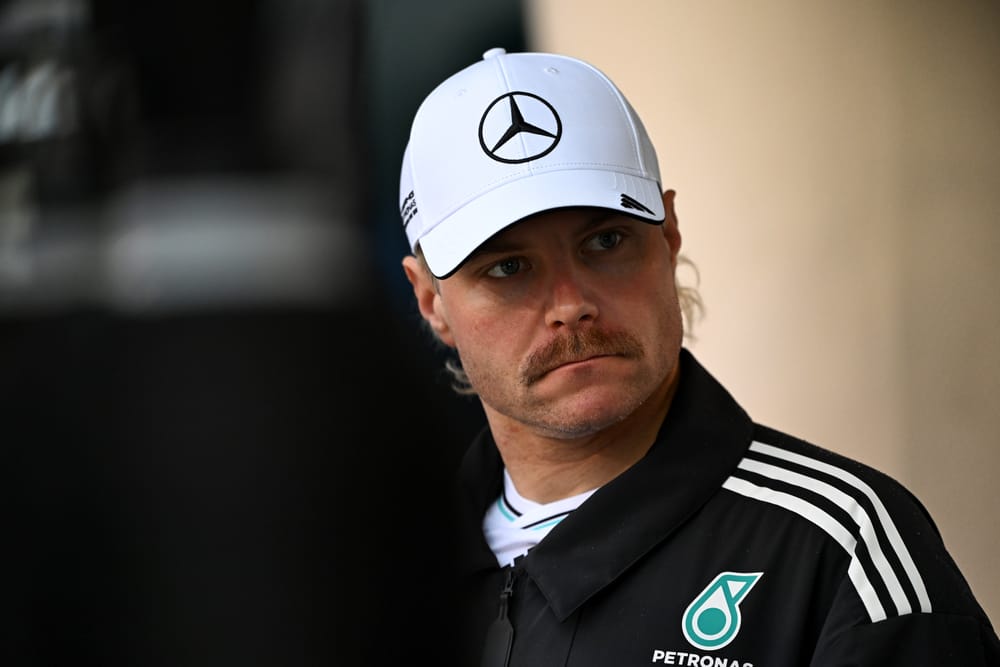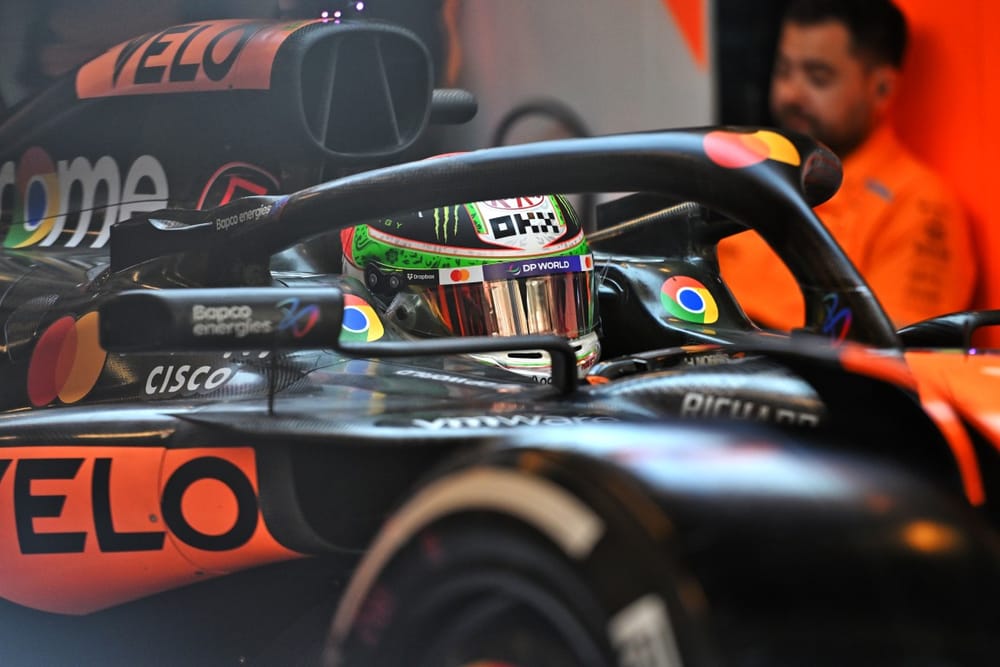Mercedes reserve driver Valtteri Bottas has been back behind the wheel of a Formula 1 car - but it wasn't in one of the Silver Arrows' machines.
Instead, Bottas had seat time in a McLaren MCL60 from 2023 at Barcelona on Thursday.
Nice to be back with Mercedes power today 👀 pic.twitter.com/ph9m2cAS6S
— Valtteri Bottas (@ValtteriBottas) March 27, 2025
Bottas drove the McLaren under F1's testing of previous cars (TPC) regulations, which allow teams to run cars that are two or more years old - making the 2023 MCL60 the most recent car available for it to use.
McLaren splits its TPC running between an 'MCL60 test' - for Lando Norris and Oscar Piastri - and a 'driver development test' for its reserve drivers.
Last year the team's reserve drivers Pato O'Ward and Ryo Hirakawa were used in this way, in part to help them prepare for rookie FP1 outings, as was McLaren's test and simulator driver Will Stevens.
Bit of pre season neck training! 😬 awesome to be out in Barcelona over the weekend with @McLarenF1 getting some laps in and getting a feel for things again. Always a pleasure to drive these cars! #McLaren #F1 pic.twitter.com/Av9O9jv3D3
— Will Stevens (@WillStevens_) February 13, 2024
So why was Bottas used in that capacity?
McLaren (and Williams) has an agreement in place with its engine supplier Mercedes to have access to its pool of F1 reserves, as well as its own reserves, in case they need to be called upon for a race seat.
As O'Ward - the team's reserve again for 2025 - has IndyCar commitments in the first half of the F1 season in particular, it is logical for McLaren to have alternatives in place.
This means having access to Bottas as well as fellow Mercedes reserve Frederik Vesti, who is competing in the North American-based IMSA sportscar championship this year.
And McLaren's preference is for those reserves to have a proper seat fit and some TPC running to make sure they are prepared in case they need to be called upon.
A similar test was conducted with Mick Schumacher, during his time as Mercedes reserve driver, at Portimao two years ago at the wheel of a MCL35M FROM 2021.
Previously unrestricted, for 2025 teams are allowed a maximum of 20 days of TPC running each season, with race drivers limited to 1000km between them over a maximum of four days.
TPC tests cannot be conducted at a grand prix host venue within 60 days of that year's race, and must take place with the car in its specification from a race in the year it competed in - so new components for the current season cannot be tested.




